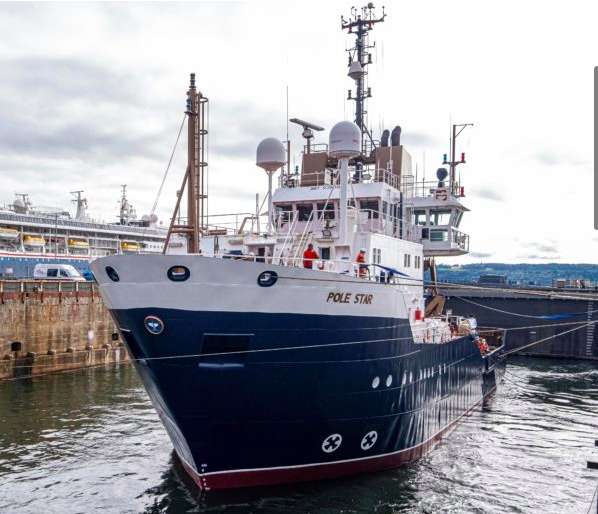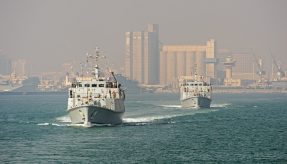
Babcock International has successfully completed a package of work for the Northern Lighthouse Board following a competitive tender process.
NLV Pole Star, a vessel designed to deploy and maintain buoys and respond to wrecks and new dangers to navigation, arrived at Babcock’s Rosyth facility last month for repair, maintenance and safety checks.
This follows a similar package of work on sister vessel, NLV Pharos earlier this year. The work builds on a busy period of similar programmes at Rosyth for a growing number of customers.
With its proven track record of delivering engineering excellence coupled, with extensive facilities and capabilities at Rosyth, Babcock provides the ideal support for the Northern Lighthouse Board, the body responsible for the operation of lighthouses and marine navigation aids around the coasts of Scotland and the Isle of Man.
Both NLV Pole Star and NLV Pharos operate mainly in Scottish and Manx waters, servicing over 200 automatic lighthouses, buoys and beacons. Ensuring the vessels are maintained, fit for purpose and safe is paramount for them to carry out the necessary work around some of the UK’s most dangerous coastlines.
A team of 50 Babcock employees and contractors worked on the general upkeep package which included replacing the hull valves, hull repair, overhauling of the ships cranes, replacement of anodes and restoring and painting the vessel to a high standard.
Sean Donaldson, Managing Director at Rosyth, said: “We were pleased to welcome the Northern Lighthouse Board as a new customer to Rosyth and work with them to successfully and safely complete the engineering upkeep on NLV Pole Star and NLV Pharos.
“Our team worked well together to deliver and I am delighted to see NLV Pole Star leave the site for sea trials in the best possible material state.
“Supporting this extensive package of work included a team of specialists consisting of welders, fabricators, mechanical fitters, projects controls, production management and contractors.”
Graham Moffat, Technical Superintendent with the Northern Lighthouse Board said: “As an organisation dedicated to the safety of those at sea, it is of upmost importance that our own vessels are rigorously checked and maintained to the highest standard, so that we can continue to serve the mariner and keep our own people safe in Scottish and Isle of Man waters.”
image courtesy of Babcock International
If you would like to join our community and read more articles like this then please click here







